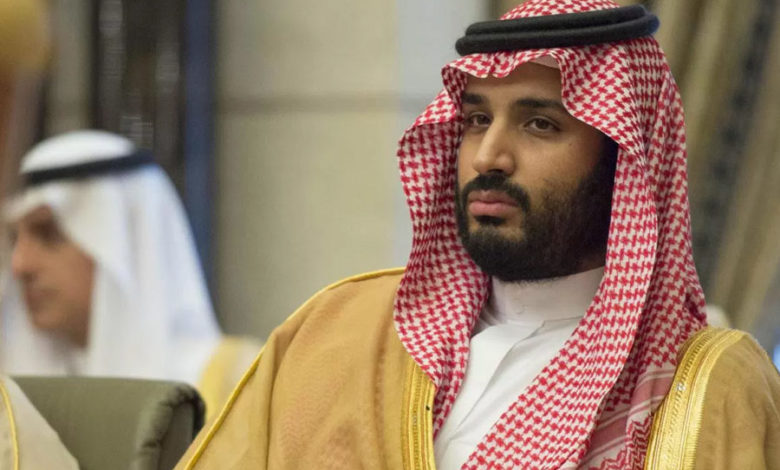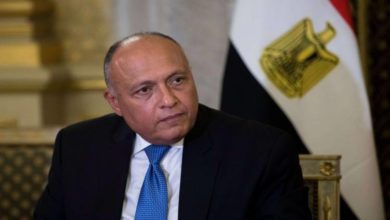Crown Prince inaugurates 2nd phase of developing 30 historical mosques

His Royal Highness Prince Mohammed bin Salman bin Abdulaziz Al Saud, Crown Prince and Deputy Prime Minister – may God protect him – inaugurated the second phase of Prince Mohammed bin Salman’s project to develop historical mosques, which aims to rehabilitate and restore 130 historical mosques in various regions of the Kingdom.
The second phase of the historical mosques development project includes 30 historical mosques distributed over the 13 regions of the Kingdom, 6 mosques in the Riyadh region, 5 mosques in the Makkah region, 4 mosques in the Medina region, 3 mosques in the Asir region, and 2 mosques in the Eastern Province. And the same in each of Al-Jawf and Jazan, and one mosque in each of the northern borders, Tabuk, Al-Baha, Najran, Hail, and Al-Qassim.
Mosques were chosen according to their historical and heritage importance, whether they are related to the Prophet’s biography, the Islamic caliphate, or the history of the Kingdom of Saudi Arabia.
His Highness directed the implementation of the second phase of mosques by Saudi companies specialized in heritage buildings with expertise in their field, with the importance of involving Saudi engineers to ensure the preservation of the original urban identity of each mosque since its establishment.
His Highness’s inauguration of the second phase of the project to develop historical mosques comes after the completion of the first phase that was launched at the beginning of the project in the year 2018, which included the rehabilitation and restoration of 30 historical mosques in 10 regions at a cost of nearly 50 million riyals and a capacity for worshipers of about 4,400 worshipers, while The age of the largest historical mosque within the first phase reached 1432 years.
Prince Mohammed bin Salman’s project for the development of historical mosques is based on 4 strategic goals, which are summarized in rehabilitating historical mosques for worship and prayer, restoring the urban authenticity of historical mosques, highlighting the cultural dimension of the Kingdom of Saudi Arabia, enhancing the religious and cultural status of historical mosques, and contributing to highlighting the cultural and civilizational dimension of the Kingdom that focuses It has to see 2030 by preserving the original urban characteristics and benefiting from them in developing the design of modern mosques.




